RHINO CRISIS OP-ED
With 2,000 rhinos up for sale but few takers, it’s time for an urgent rethink
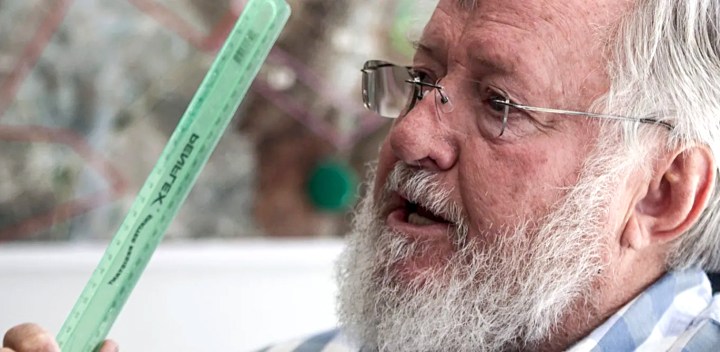
Is rhino breeder John Hume a reviled, money-grubbing entrepreneur or revered conservation hero? Either way, the forthcoming auction of his farm and 2,000 rhinos is a conservation crisis. But might it be an opportunity for a major repopulation of the country’s declining rhinos?
Meet John Hume. He’s 81, emotional and running out of money. And he’s about to auction off the 2,000 rhinos he’s been looking after for 30 years. The rhinos living on an 8,500 square hectare property are under tight anti-poaching surveillance. This is because their horns, even though trimmed, fetch $100,000 a kilo on the black market.
Read more in Daily Maverick: John Hume’s white rhino breeding project to go on auction in mid-April
I drive through with a colleague to meet Hume. The auction is approaching and there is grave concern: who’s going to buy the rhinos? Who might take ownership of what is potentially the most genetically diverse southern white rhinos in existence today (their founding population was sourced from 98 different geographic locations)?
And who will pay the scary price of R180,000 a day for their care and protection? Only a handful have registered for the online auction so far, which begins on 26 April. As the day looms ever closer, the dialogue around it becomes more despairing.
“What are you going to do if no one shows up?” I ask later, as we sit in his office. “Or if no one meets your starting price of $10,000,000 for the rhinos and the property?”
“Sell them off for R20,000 or R30,000 a rhino,” he answers, and his bloodshot eyes tear. This is tantamount to giving them away, these sleek and healthy creatures. It means hunters will come for them, or those who want to make a quick profit.
Read more in Daily Maverick: Quo vadis South Africa’s rhino rancher supreme?
On arrival, the road to his property is gouged out; deep grooves require concentration. There’s no sign announcing him, no street numbers. We stop at a ramshackle house with a statue of a rhino in the garden.
“This has to be it,” I say.
He comes out to meet us. “My name is John,” he says. He’s wearing rumpled clothes that could be pajamas. We follow him along a path to the house. Peacocks scratch in the dirt and long-legged golden orb spiders sit in gigantic webs that span the area.
The office has three large desks all cluttered with files. His value system is on display: family photos and rhino. There are beaded rhinos, sculpted rhinos and photographs of rhinos standing in high grass. There are dogs too, three pampered Jack Russels chew on meaty bones, making a mess.
Rhinos are poaching underdogs
“Why rhinos?” I ask.
“It’s the bane of my life. I’m sympathetic and emotional. Rhinos are underdogs. They stand the least chance of surviving poaching,” he says. “It’s impossible to say what these 2,000 rhinos have cost me. Billions. I was rich then. And now I’m not.” He tears up again.
It’s hot out there. Sun filters in through blinds drawn against late summer heat. Hume shifts around in a chair, the leather worn and peeling back. He speaks easily, answering any question put to him. I saw him at the CITES conference in 2017. He seemed strong then, arrogant even, but he’s fragile now.
“I never wanted a fortune,” he says. “But I wanted the rhinos to pay for themselves. This is how the world works. You get paid for breeding something successfully: dogs, vegetables, race horses, but you’re not allowed to have rhinos generate money for you.”
His assistant brings in breakfast. He offers to share the yoghurt, jellied meat, avocados and cut-up fruit. We decline.
“There are a hundred examples of how animals have thrived when they have a value,” he says, eating the yogurt with more relish than he eats the meat. “When it became legal for landowners to own wild animals, there were three million wild animals. Now there are 22 million on privately owned land. Why? Because it was profitable to keep them.”
South African-born, Hume tried and failed at farming, so he bought three hotels, which generated a reasonable income. He established himself in the holiday resort business, which panned out nicely, and he had the cash to buy a game ranch. He started with buffaloes, and then bought five black and five white rhinos.
I am trying to get the measure of the man: this person who has so polarised the rhino world. His emotion intrigues me: he tears up often and without restraint.
“Eight-one was a difficult birthday,” he says. “I’ve got a sore back and I’m against the wall now, with no income. I have five heirs and I cannot leave them with nothing, I will be a broken man. I could still live for a few years and I don’t want to be poor. I want to retire, but I need money to do that.”
I walk through the house: it’s barebones. Spare bedrooms have beds with bare mattresses. No carpets on floors. There is minimal comfort here. His wife enters briefly, 35 years younger than him, friendly and attractive, her attire basic. She doesn’t look like the wife of a wealthy man.
Genetically diverse rhinos
On this property there are 2,000 genetically diverse rhinos. Every year between 140 and 200 calves are born, enough rhinos to repopulate depleted rhino numbers across the country and even, in time, beyond South Africa. I ask how he feels about rhinos now, the creature that has shaped his destiny.
“I still love rhinos,” he says. “They’re friendly. They want to make it work.”
Brandon Jones, head of his security, takes us to see the ops room. It’s from here that the rhinos are protected. All the guys are in camo. They’re fit and young and living at the end of a very rutted road, an hour’s drive from the closest town, which consists of a Wimpy, a Spar, a post office and then veld. I try to understand their choices. Why here? So far from it all?
A “risk technician” sits in front of a wide bank of monitors. His eyes don’t leave the screens, no cellphone for him to check his social media for some relief.
“Twelve hours watching screens?” I ask.
“You get used to it,” he says. “You build up to it and eventually you’re working the full hours without stress or burnout.” The combination of everything the security team do is working. They can attest to no poaching since 2017.
We head to the rhino orphanage. In the wild, 5% of baby rhinos die, but here every rhino counts. Thirty young rhinos of differing ages, sizes and temperaments are being fed because it’s milk time. Claudia Andrione, who has overseen the orphanage for 11 years, is keeping a watchful eye on the milk mixing.
“It’s not just because you love the animals,” she says. “No one loves a baby rhino at 3am! It’s a calling.” We wander between the enclosures where volunteers are feeding calves milk from buckets. All the rhinos are paired up and happily suck on the milk teats, side by side. “Newborns are easy,” she says. “Two-month-olds try to kill you! But it’s very rewarding. I got a little one in winter, basically frozen, no temperature, no glucose reading. Eight hours later he started coming alive again.”
The 180 babies saved
There are many stories of the 180 babies saved through the years in this bustling orphanage.
“I had a calf who survived a caesarean birth when the mother died. He lay in my kitchen for two days. And now he’s a healthy bull of eight years.”
I steer the conversation towards John Hume. “He’s a conservationist,” Andrione says. “These beautiful rhinos wouldn’t exist without him.”
We’re handed over to Ryna Lategan, a security manager. He’s newly married and shows us a photo of his wife. She’s an attractive Indian woman, a very long way from India. So, how are they managing an hour from the nearest one-horse town?
“You can’t compare this to any other project,” Lategan says. “It’s a privilege to work here. You have to be on your game. There’s nowhere else in the world like this. These 2,000 rhinos will save the species.”
Save the species? A powerful thought.
We drive through one of the vast rhino camps. Hume’s rhinos are scattered across bush reclaimed from what was once cattle and crop farming. The grass grows high and the rhinos graze peacefully. We drive for sometimes 20 minutes between little crashes, the horizon is wide.
So, how did this whole thing happen?
I speak to Dr Michelle Otto, Hume’s resident wildlife vet. “He wanted to retire in 1993 and he bought a property to retire onto. His small rhino crash expanded to 200 and he realised he loved them.”
Desperate anti-poacher owners
In 2007 poaching started and owners of rhinos became desperate. “Buy our rhino! Take them!” Rhinos arrived from all over the country – 98 different geographical locations – until Hume had to register as a captive breeding operator, the first in South Africa.
“He didn’t buy 2,000 rhinos,” Otto says. “It was the necessity of people in despair.”
As the numbers grew, he had to buy more land, farms that he transformed into bushveld. He separated his rhinos into different populations, further diversifying to guard against inbreeding. A stud book became a record of just exactly who the mother and father was to a little calf and what the genetics were, keeping all the records in place, all accuracy checked.
“The way it works is this: for every 20 cows there is one alpha bull and four to six young males, making up a sub-population of bulls. The females choose the bull,” she explains. “There will always be genetically diverse sub-adult bulls in a population. There’s no problem of running out of genetics in the sub-populations because they come from different regions and as such have different gene pools.
“Rhino have a 10-year generation link,” Otto says. “It takes eight years for a rhino to become of breeding age and almost another two to gestate. So, it’s 10 years before the bull who sired a female calf would have access to that female calf. When she’s of breeding age, she’s removed from that enclosure and placed with other bulls.”
Successfully reproduce
Because it takes a young male 10 years to be ready to mate and Hume has had his rhinos for only 18 years, the second generational link is just starting now. So, there’s no possibility of inbreeding.
Hume’s rhinos reproduce successfully with 140 to 200 calves born a year. This is a significant contribution of genetically diverse rhinos being born into a dwindling rhino population, one veering ever closer to extinction because of poaching and SANPark’s failure to protect them.
A common judgement made of Hume’s rhinos is that they’re domesticated and will not survive in the wild, something Hume shrugs off with irritation. “Get out of your car near one of the rhinos,” he says. “They’re wild, they’ll run.”
Otto explains this in more detail. “We don’t interfere with them, the cows raise their calves and choose their mates, there’s no selection we make for them and no artificial insemination. Because we have small predators here, the mothers teach their babies how to survive. They grow up with all their natural instincts intact.”
She says the location is home to 200 species of birds and around 100 different mammals, from meerkats to black-footed cats, an endangered animal now breeding successfully there. Endemic trees have replaced crop and cattle land. The rhinos have effectively brought back the bushveld.
I’m going along with all of this. Everyone is committed and loyal to Hume, they speak about him with respect, even love. But what of the criticism: aren’t Hume’s rhinos bred in captivity? Don’t they eat from feedlots? We’ve all seen the pictures of rhinos clustered around feeding troughs. Otto gives a resounding no.
“It’s only during the cold winter months from May to August that the rhinos get supplemental food, this is the same grasses they’ve been eating all summer, baled and dried for their winter feed. But it’s never more than half their daily intake. The rest of the time the rhinos wander in their large areas and graze just as wild rhinos would do.
Captive vs sustainable breeding debate
But they’re captive nonetheless! Or aren’t they?
“What is captive breeding?” she asks me. “What is sustainable breeding? It’s an insurance policy. It allows the animals to breed in safety with the ultimate plan being to re-establish them back into the wild. As rhino numbers dwindle at a terrifying pace, as they lose their genetics, this project can provide South Africa and the world with rhinos that are healthy, with strong genetic footprints.
“The problem is the project hasn’t been sustainable,” she adds. “The rhino would need to be sold on auction at a decent price to bring money back into the project.” The possibility of horn sale is not on the table, and not a subject we debate.
“So what if John wants to make money from his rhinos? If he invests in it, shouldn’t he make money?” she asks. “Don’t the NGOs make money with all their campaigns? Their demand reduction campaigns and their campaigns around orphans? With rhino owners, all their money goes back into it, so shouldn’t they have some remuneration? One has to work with wildlife in such a way that there is the necessary capital return. If you generate an income, the animal pays for its own conservation going into the future.”
She speaks fast and with urgency, as though she is running out of time. “NGOs and government make the decisions, but they have no experience in the veld! Our voices aren’t heard. Rhino custodians have no voice in this.”
This seems absurd. How can the people who live and work with their rhinos have no say in this? How do the rhino owners, who are effectively saving the species, go unheard? And why is it that the NGOs and government control the narrative and the rules around rhinos?
We lapse into silence, then I ask:
Are you concerned about the upcoming auction?”
“I’m concerned that the wrong parties will come forward. People who aren’t concerned about the rhinos. We love these rhinos.”
Future in the balance
As Lategan drives us back to the car, I look at the rhinos grazing peacefully side by side, benign, curvy, sleek and full of sweetness. Do they know their entire future lies in the balance?
I’m perturbed as we drive back to Johannesburg on an endless-seeming national road. The traffic is hard and fast, so many cars getting so many humans home. And I think: so few rhinos. And here we are with 2,000 magnificent, genetically diverse rhinos. Isn’t this a conservation triumph?
Regardless of how one might feel about John Hume, why isn’t this treasure trove of rhinos being considered as vital to their preservation? Where are the conservationists? Where are the NGOs? The auction starts on 26 April and there’s an eerie silence about it. Are we, who care for rhinos, going to stand by and watch them being auctioned off for the lowest price? Will it matter that they go to hunting concessions? Magnificent, genetically diverse rhinos – 2,000 of them? That would be a conservation apocalypse.
And I think: why is the divisive culture around John Hume the dominating factor? We have a chance for a major repopulation of the country’s declining rhinos. This is an opportunity beyond measure. Or is everyone so caught up in fractious rhino debate that we’ve lost sight of what’s possible here? DM/OBP
Helena Kriel is a scriptwriter and author. She is the founder of NGO Baby Rhino Rescue.

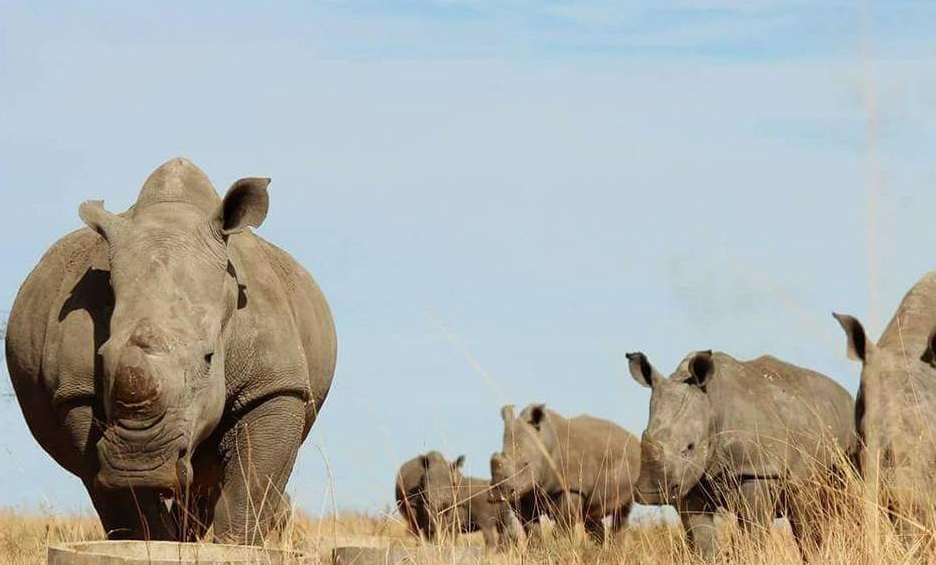
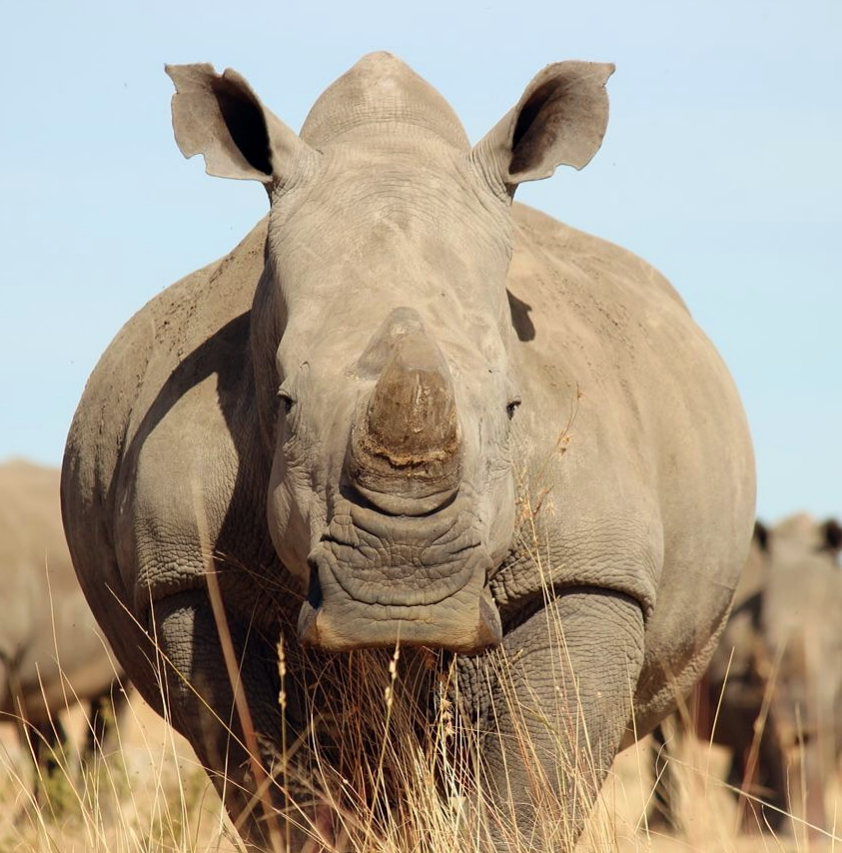
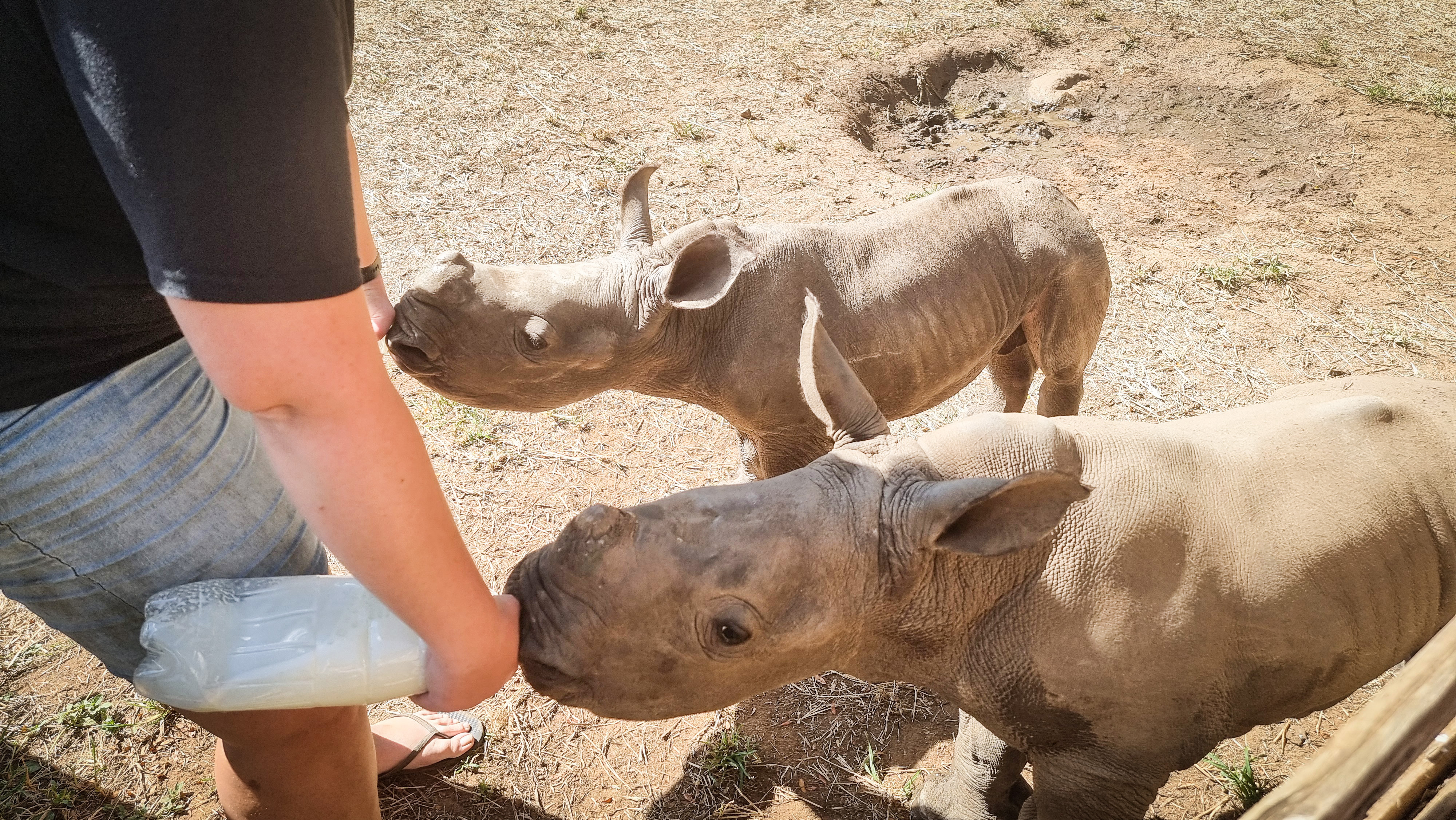
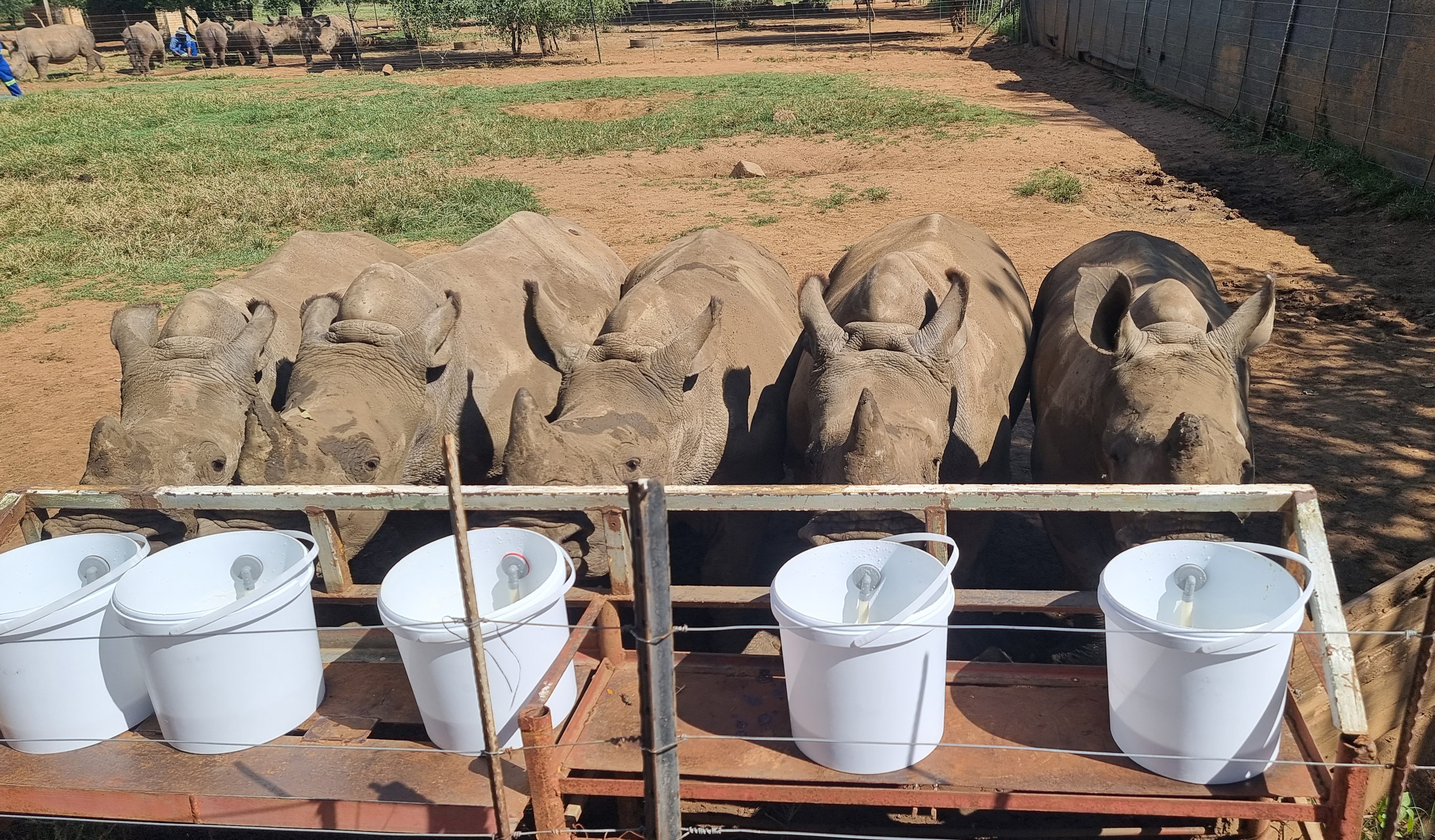
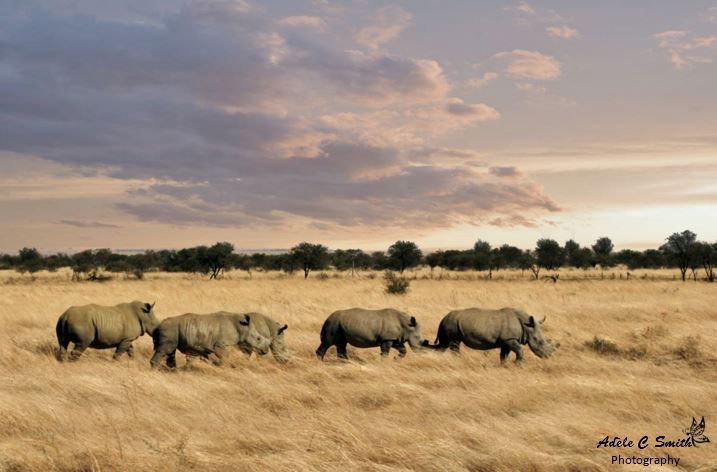
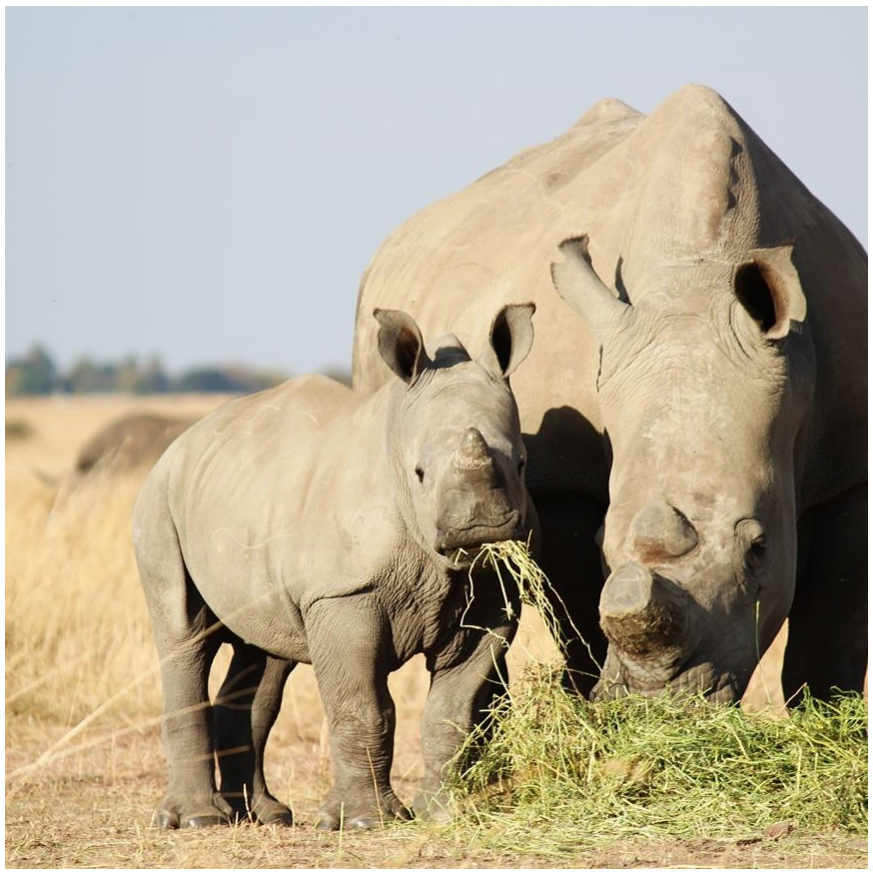




















 Become an Insider
Become an Insider
How terribly sad. Also sad that there are no comments?? Surely there is a great need to restock the reserves that have been depleted by poaching? Or are these rhinos really not going to be able to survive in the wild?
I’m no expert, but I believe they can be “rewilded”?
I recently spent 8 days in Kruger and despite spending nearly 8 hours a day game viewing, I did not see one rhino?? A first for me after at least 100 visits to Kruger???
It’s not a problem rewilding them. They can easily look after themselves in the Kruger or Hluhluwe. Ask the Rhino Orphanage. iThe problem is that neither Sanparks nor Ezemvelo can protect them despite huge sums of money being spent. Only the private sector has been capable of protecting rhinos and increasing their numbers.
I really fear for what is going to happen at this auction. The major international conservation NGO’s could have formed a consortium to buy Hume out instead of spending huge sums attending conferences in 5 star hotels all over the world. At the end of the day, $10 Million is not a huge amount of money. There are also many conservationists amongst the world’s billionaires and surely one of them could put their money where their mouths are.
Absolutely. And like so many “activists”, they make their living out of their “conservation”, while in reality conserving nothing other than their own sense of self-worth.
I hope they are keeping watch on the registry – we don’t need trophy hunters or those willing to carve up our wildlife for ridiculous superstitions popping up. I hope someone with ethics takes over 💔💔💔 These animals need to learn how to live in the wild but have security 24/7.
An article penned with feeling. Humans either realise that we too are part of the web of nature and we need to nurture it because to do so is to nurture ourselves, or we don’t and in the end we will inadvertently destroy ourselves.
Beautifully written and insightful. Thank you. Wishing John and his rhinos all the best for the auction and future
Is he the same John Hume who owned the Baobab Hotel in Wankie
An excellent article.
What was the outcome of the auction?